Introduction to Educational Game Blocks
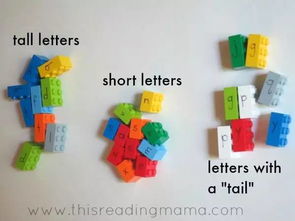
Game blocks, often referred to as educational game blocks, have become a staple in early childhood education. These blocks are not just toys; they are tools designed to enhance cognitive development, spatial reasoning, and creativity in children. In this article, we will explore the benefits of using game blocks in educational settings and provide insights into how they can be integrated into various learning activities.
Benefits of Educational Game Blocks
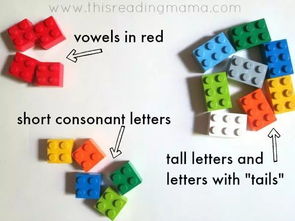
Additionally, game blocks are excellent for developing spatial reasoning skills. As children manipulate the blocks to create different shapes and structures, they learn about geometric concepts, such as shapes, sizes, and symmetry. This hands-on experience helps to reinforce these mathematical concepts in a fun and engaging way.
Moreover, game blocks can be used to enhance language development. By incorporating letters and words into the blocks, children can learn to recognize and spell words while building their structures. This approach makes learning a more interactive and enjoyable experience.
Types of Educational Game Blocks
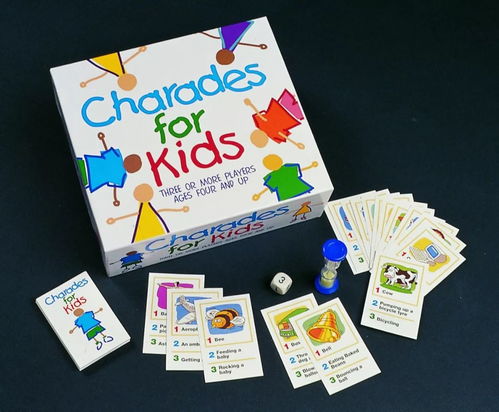
There are various types of educational game blocks available, each with its unique features and benefits. Here are some popular types:
Shape Blocks: These blocks come in different shapes, such as squares, circles, and triangles, and are perfect for teaching geometric concepts.
Letter Blocks: These blocks feature letters of the alphabet, making them ideal for early literacy development.
Number Blocks: These blocks have numbers and mathematical symbols, which are great for introducing basic arithmetic and counting skills.
Color Blocks: These blocks come in various colors, which can help children learn color recognition and sorting.
Theme Blocks: These blocks are designed around specific themes, such as animals, vehicles, or buildings, and can be used to teach related subjects.
Integrating Educational Game Blocks into Learning Activities
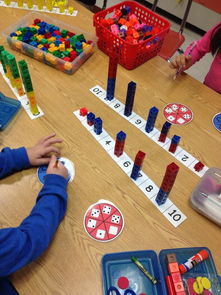
Integrating educational game blocks into learning activities can be both fun and educational. Here are some ideas on how to use these blocks in different settings:
Preschool: Use shape blocks to teach geometric shapes and symmetry. Children can create patterns and designs, which helps improve their fine motor skills.
Kindergarten: Incorporate letter blocks into storytelling activities. Children can build words and sentences, which enhances their reading and writing skills.
Elementary School: Use number blocks to teach basic arithmetic and problem-solving skills. Children can build structures that require them to calculate the number of blocks needed or to solve simple equations.
Conclusion
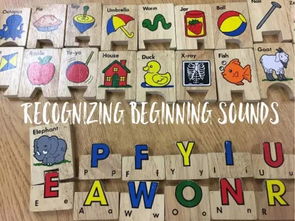
Educational game blocks are a valuable tool for promoting learning and development in children. By encouraging creativity, spatial reasoning, and language skills, these blocks can provide a solid foundation for future academic success. As parents and educators, it is important to recognize the benefits of these blocks and incorporate them into our children's play and learning experiences.
Tags
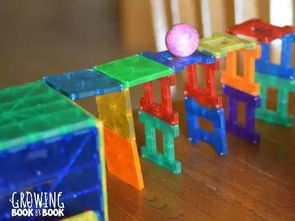
Keywords: educational game blocks, early childhood education, spatial reasoning, language development, learning activities, educational toys, children's development
